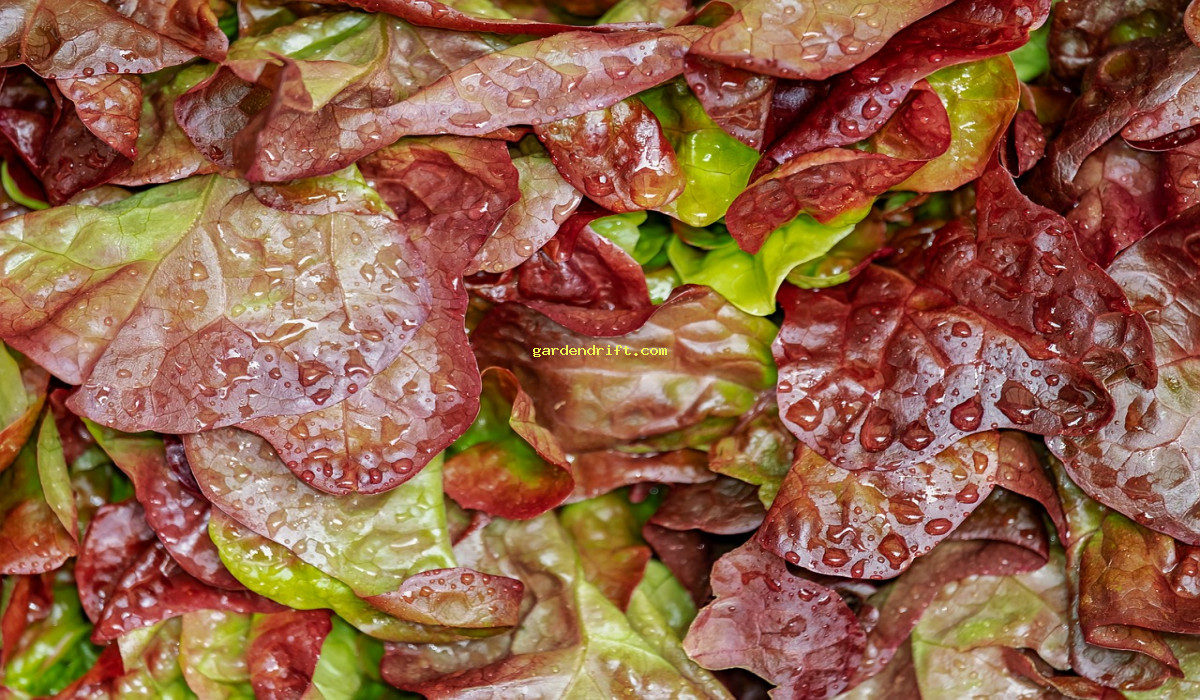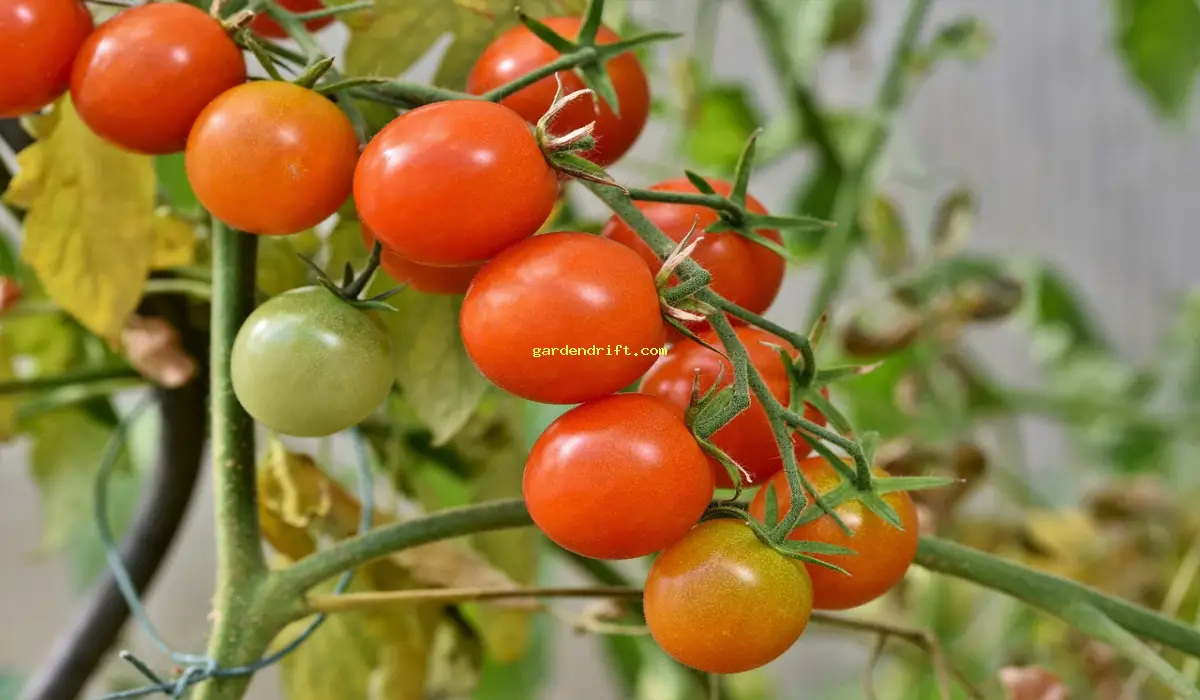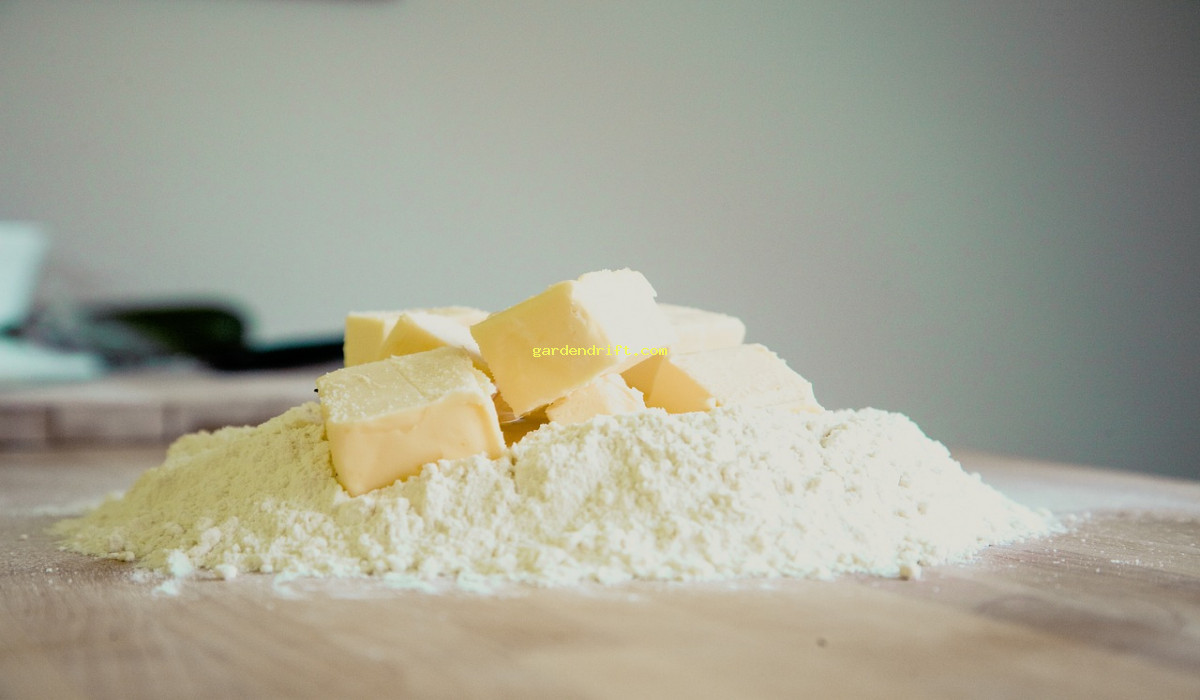5 Proven Strategies for Preparing Soil and Boosting Plant Growth. Get your garden ready for a bountiful harvest by following these simple tips for preparing soil for planting. Learn how to improve soil quality, proper tillage, and techniques for testing and balancing pH levels. It’s time to give your plants a strong and healthy start!
5 Proven Strategies for Preparing Soil
5 Proven Strategies for Preparing Soil and Boosting Plant Growth. improve soil quality 5 Proven Strategies for Preparing Soil and Boosting Plant Growth
How to Prepare Soil for Planting: A Comprehensive Guide
When it comes to gardening, the quality of your soil is just as important as the type of plants you choose. Preparing soil before planting is essential for creating a healthy and thriving garden.

Whether you are a seasoned gardener or new to the world of planting, this guide will provide you with all the necessary steps to prepare your soil for a successful growing season.
Assess Your Soil
Before you begin preparing your soil, it is important to understand the type of soil in your garden. Different types of soil have different characteristics and require specific preparation methods. The three main types of soil are sandy, clay, and loam. You can easily determine the type of soil in your garden by performing a simple soil test.
Perform a Soil Test
To perform a soil test, you will need a soil testing kit or you can send a sample of your soil to a local agricultural extension office. The soil test will provide you with important information such as the pH level, nutrient levels, and organic matter content of your soil. This information will help you determine the specific needs of your soil and how to prepare it for planting.
Adjust the pH Level
The pH level of your soil plays a crucial role in the growth of your plants. Most plants thrive in soil with a pH level of 6.0 to 7.0. If your soil is too acidic (below 6.0), you can raise the pH level by adding lime. If your soil is too alkaline (above 7.0), you can lower the pH level by adding sulfur. Be sure to follow the instructions on the packaging and retest your soil after making adjustments.
Add Nutrients
Plants require nutrients to grow and produce healthy fruits and vegetables. Before planting, it is important to add nutrients to your soil to ensure that your plants have everything they need to thrive.

Organic matter such as compost, manure, and leaf litter are great sources of nutrients for your soil. These materials will also help improve the texture of your soil and allow for better water drainage.
Aerate Your Soil
Compacted soil can hinder plant growth by preventing air, water, and nutrients from reaching the roots. If your soil is compacted, it is important to aerate it before planting. You can use a garden fork or a specialized aerator tool to create small holes in the soil. This will improve the circulation of air, water, and nutrients in your soil.
Remove Debris and Weeds
Before planting, it is important to remove any debris and weeds from your garden. These unwanted items can steal valuable nutrients from your plants and hinder their growth. Be sure to pull out weeds by their roots to prevent them from regrowing. Additionally, remove any rocks, sticks, or other debris from your soil to create a clean and healthy environment for your plants.
Use Companion Planting
Companion planting is the practice of planting certain plants together for their mutual benefit. For instance, some plants can repel harmful pests while others can attract beneficial insects. Additionally, some plants can enrich the soil with nutrients, making it healthier for other plants to grow in. Consider incorporating companion planting into your garden to create a natural and healthy ecosystem.
Rotate Your Crops
Planting the same type of crop in the same area every year can deplete the soil of valuable nutrients, leading to poor plant growth. To avoid this, practice crop rotation. This involves planting different types of crops in the same area each year to allow the soil to replenish itself. Crop rotation also helps prevent the build-up of pests and diseases that can affect a certain type of crop.
Mulch Your Soil
Mulch is a protective layer of material (e.g. shredded leaves, straw, grass clippings) placed over the soil to prevent weed growth, retain moisture, and regulate soil temperature. Additionally, as the mulch breaks down, it adds nutrients to the soil, improving its quality. Mulch also prevents erosion and compaction of the soil, making it easier for plants to grow.
Water Properly
Water is essential for plant growth, but it is important to water your plants properly. Overwatering can cause root rot and nutrient deficiencies, while underwatering can result in stunted growth and poor fruit production. The best way to water your garden is to water deeply but less frequently. This encourages roots to grow deeper into the soil, creating a more resilient and healthy plant.
Protect Your Soil
After preparing your soil for planting, it is important to protect it throughout the growing season. Avoid stepping on your garden, as this can compact the soil. Additionally, consider using raised garden beds to prevent soil compaction. Over time, the soil will become healthier and require less preparation each year.
Consider Cover Crops
Cover crops are plants grown to protect and improve the soil. They can be planted in between growing seasons to prevent soil erosion, suppress weed growth, and add nutrients to the soil. Popular cover crops include clover, grasses, and legumes. After the cover crop has grown and is no longer needed, it can be turned into the soil as green manure, providing valuable nutrients for your next planting cycle.
Use Compost Tea
Compost tea is a liquid fertilizer made by steeping compost in water. This nutrient-rich liquid can be used to water your plants or applied as a foliar spray. Compost tea provides essential macronutrients and micronutrients to your plants, helping them grow and produce healthier fruits and vegetables.
Practice Good Soil Maintenance
Preparing your soil for planting is just the first step in creating a successful garden. Throughout the growing season, it is important to practice good soil maintenance. This includes regular weeding, adding compost or mulch, and rotating your crops. By keeping your soil healthy, you will reduce the need for extensive preparation in the future.
Conclusion
Properly preparing your soil for planting is crucial for a successful garden. By following the important steps outlined in this guide, you will create a healthy environment for your plants to thrive in. Remember to assess your soil, make necessary adjustments, and practice good soil maintenance throughout the growing season. With a little preparation, you can enjoy a bountiful and beautiful garden all year round.

Get your garden ready for a bountiful harvest by following these simple tips for preparing soil for planting. Learn how to improve soil quality, proper tillage, and techniques for testing and balancing pH levels. It’s time to give your plants a strong and healthy start!. Preparing 5 Proven Strategies for Preparing Soil and Boosting Plant Growth
What is the first step in preparing soil for planting?
The first step in preparing soil for planting is to clear the area of any debris, such as rocks, branches, or weeds. This will allow for easier tilling and a clean slate for your plants to grow.
Should I remove grass before preparing the soil?
In most cases, it is recommended to remove grass before preparing the soil for planting. Grass can compete with your plants for nutrients and water, hindering their growth. You can use a shovel or a sod cutter to remove the grass, or use a herbicide to kill it before tilling the soil.
What are some ways to improve soil quality for planting?
There are various ways to improve soil quality for planting, such as adding organic matter, testing and adjusting the pH level, and incorporating nutrients through fertilizers or compost. You can also practice crop rotation and cover cropping to maintain soil health over time.
